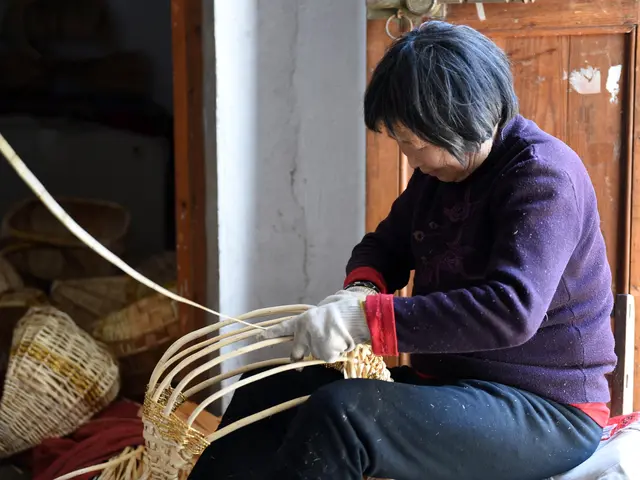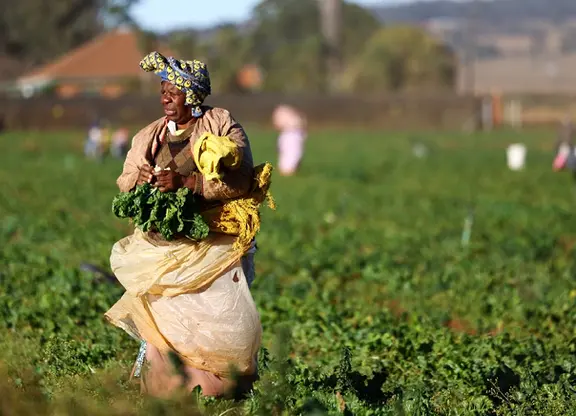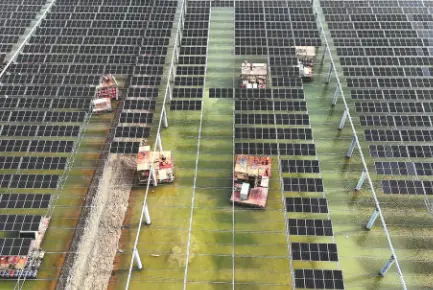What does not kill you makes you stronger. This is a perfect portrait of Zhang Chaoling, who fled her hometown at a young age due to floods and flourished on a willow plantation along the flooding river 18 years later.
"The land is largely covered by silt because of continual flooding in the past. It's an ideal place to plant willows and make wickerwork," said Zhang, who lives by the Huaihe River in Funan County, eastern China's Anhui Province.
In the years of flooding, agriculture lands were inundated and crops destroyed, but willow trees remained unharmed.
Zhang left her hometown for Guangzhou in 1993 and found a job in a garment factory. A few years later, she founded a trading company with her husband in Guangzhou, selling wickerwork products from her hometown to other countries.
Funan is famous for its delicate wickerwork. Skilled craftsmen traditionally use local willow as raw material to weave products such as baskets, furniture, and home decorations. The 500-year-old craft was enlisted as a national intangible cultural heritage in 2011.
Zhang's business keeps growing over the years as wickerwork products are favored by customers across the globe for their esthetic qualities and environmentally-friendly feature.
"However, no matter how much money we make in Guangzhou, we are not making a contribution to the development of our hometown," said Zhang, who returned to Funan and set up a wickerwork production base in 2011.
"The flood is well controlled now. I remember the last huge flood came in 2007," Zhang added.
Taking advantage of the fertile land along the Huaihe River, she plants a large number of willow trees, covering an area of about 2,000 mu (about 133.33 hectares), and employs hundreds of local people who are mostly in their 50s and 60s.
"I can process 100 to 150 kg of willow twigs per day, from which I make around 80 yuan (around 11 U.S. dollars). I was introduced to this job by my neighbor," said Geng Shifen, who peels willow twigs with a clamp next to the plantation.
"Then we need to air the twigs for two days before they are sent to weaving factories as raw material," Geng said. When the peeling process is over, villagers like Geng will move on to factories to weave wickerwork products.
Unlike Geng, 53-year-old villager Dai Li weaves wickerwork at home because he has to attend to his wife who is suffering from cancer.
"I can weave 40 willow baskets per day. For each basket, I earn about 2 yuan," Dai said.
Statistics show that a total of 130,000 people are engaged in the wickerwork industry in Funan, creating an output value of nearly 9 billion yuan in 2019. About 15,000 people have shaken off poverty through the wickerwork industry in Funan, from planting willow trees and processing willow twigs to weaving willow products.
So far, wickerwork products from the county have been exported to over 120 countries and regions around the world. The export value of wickerwork has increased by over 40 times from 5.76 million U.S. dollars in 2006 to more than 266 million U.S. dollars in 2019.
"We are building a willow cultural park covering an area of nearly 200 mu, where thousands of wickerwork products and wood carving products will be displayed. It's expected to be finished this year," said Cui Li, Party chief of Funan County.
 简体中文
简体中文











